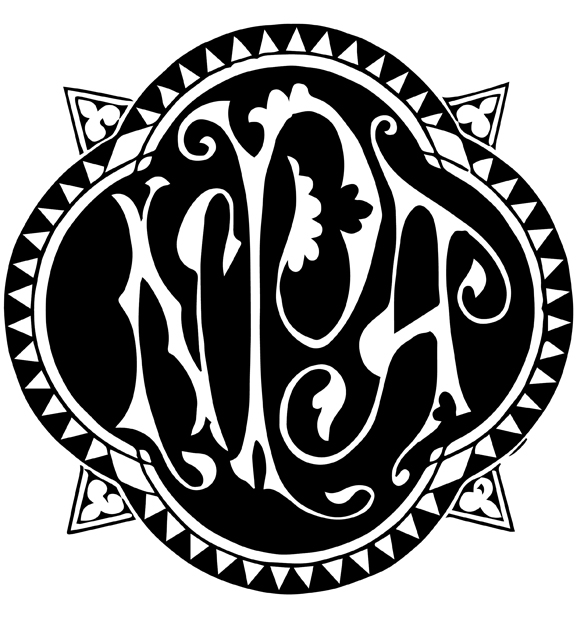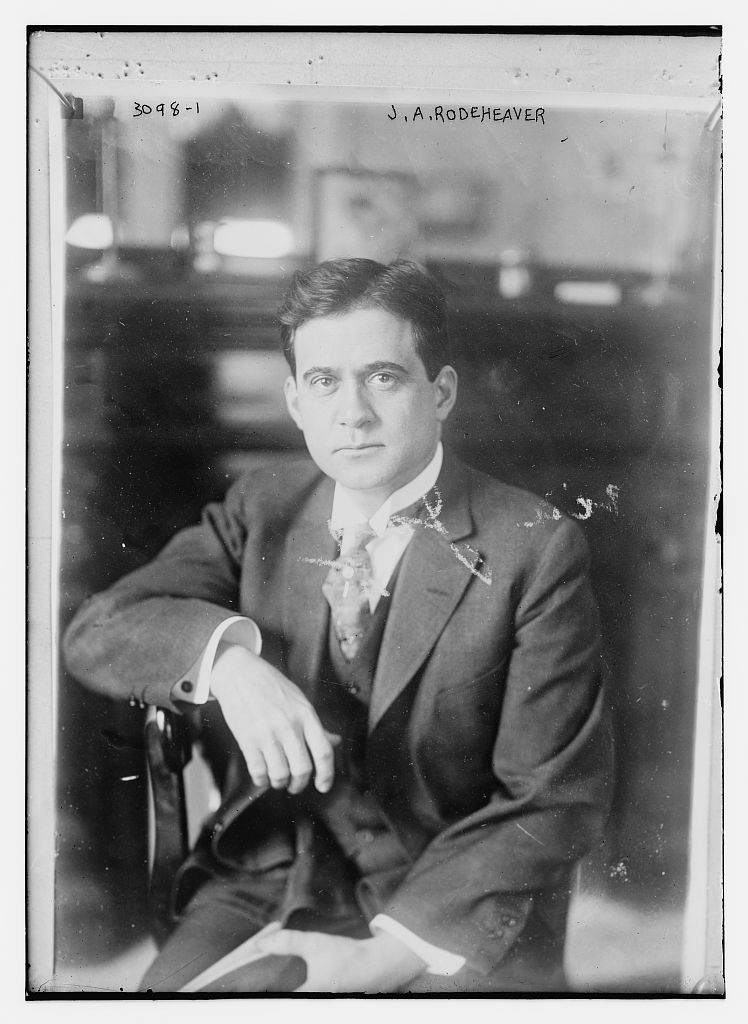|
Winona Lake, Indiana
Winona Lake is a town in Wayne Township, Kosciusko County, in the U.S. state of Indiana, and the major suburb of Warsaw. Its population was 4,908 at the 2010 census. Geography Winona Lake is now contiguous to Warsaw, the two towns having merged as they have expanded. According to the 2010 census, Winona Lake has a total area of , of which (or 15.08%) is covered by water. History Winona Lake is best known for the lake after which it is named and built on, although the lake was originally known as Eagle Lake. Located along the eastern shore of the lake, the Winona Lake Historic District includes various historic homes and other buildings that attest to the area's history as a Chautauqua and Bible conference hotspot. It is also the home of Grace College and Grace Theological Seminary, and was the home of famed preacher and professional baseball player Billy Sunday, who died in 1935. The Billy Sunday Home has been preserved as a museum. Christian musician and preacher Homer ... [...More Info...] [...Related Items...] OR: [Wikipedia] [Google] [Baidu] |
Town
A town is a type of a human settlement, generally larger than a village but smaller than a city. The criteria for distinguishing a town vary globally, often depending on factors such as population size, economic character, administrative status, or historical significance. In some regions, towns are formally defined by legal charters or government designations, while in others, the term is used informally. Towns typically feature centralized services, infrastructure, and governance, such as municipal authorities, and serve as hubs for commerce, education, and cultural activities within their regions. The concept of a town varies culturally and legally. For example, in the United Kingdom, a town may historically derive its status from a market town designation or City status in the United Kingdom, royal charter, while in the United States, the term is often loosely applied to incorporated municipality, municipalities. In some countries, such as Australia and Canada, distinction ... [...More Info...] [...Related Items...] OR: [Wikipedia] [Google] [Baidu] |
Bible Conference Movement
The Bible Conference Movement was an interdenominational network of Protestant gatherings that began in the last decades of the nineteenth century and played an integral role in the rise of fundamentalism and the success of evangelicalism in the twentieth century. Audiences flocked to hear well known religious personalities and Bible teachers speak on popular theological currents, missionary themes, end-times speculation, and renewal. Bible conferences combined elements of earlier Christian revivalism, efforts for social reform, and recreation. Early Formation According to historian Mark Sidwell, Bible Conferences may have tapped into the historical impulse for the Pietist “ecclesiola in Ecclesia” or “little church within the church.” Antecedents also included the frontier Camp Meetings of the Second Great Awakening and Keswick Convention The Keswick Convention is an annual gathering of Conservative evangelicalism in the United Kingdom, conservative evangelical Chris ... [...More Info...] [...Related Items...] OR: [Wikipedia] [Google] [Baidu] |
National Register Of Historic Places
The National Register of Historic Places (NRHP) is the Federal government of the United States, United States federal government's official United States National Register of Historic Places listings, list of sites, buildings, structures, Historic districts in the United States, districts, and objects deemed worthy of Historic preservation, preservation for their historical significance or "great artistic value". The enactment of the National Historic Preservation Act (NHPA) in 1966 established the National Register and the process for adding properties to it. Of the more than one and a half million properties on the National Register, 95,000 are listed individually. The remainder are contributing property, contributing resources within historic district (United States), historic districts. For the most of its history, the National Register has been administered by the National Park Service (NPS), an agency within the United States Department of the Interior. Its goals are to ... [...More Info...] [...Related Items...] OR: [Wikipedia] [Google] [Baidu] |
Free Methodist Church
The Free Methodist Church (FMC) is a Methodist Christian denomination within the holiness movement, based in the United States. It is Evangelicalism, evangelical in nature and is Wesleyan theology, Wesleyan–Arminian in theology. The Free Methodist Church has members in over 100 countries, with 62,516 members in the United States and 1,547,820 members worldwide. The ''Light & Life Magazine'' is their official publication. The Free Methodist Church World Ministries Center is in Indianapolis, Indiana. History The Free Methodist Church was organized at Pekin, New York, in 1860. The founders had been members of the Methodist Episcopal Church but were excluded from its membership for earnestly advocating what they saw as the doctrines and usages of authentic Wesleyan Methodism. Under the leadership of the Rev. B. T. Roberts, Benjamin Titus (B. T.) Roberts, a graduate of Wesleyan University, the movement spread rapidly. Societies were organized, churches built, and the work establi ... [...More Info...] [...Related Items...] OR: [Wikipedia] [Google] [Baidu] |
Chicago Graduate School Of Theology
The Chicago Graduate School of Theology is or was an American school of theology. It was founded in 1920 as the Winona Lake School of Theology, and was located in Winona Lake, Indiana, until 1970 when it was moved to the Chicago area and changed its name.Forlines, F. Leroy (2001), ''The Quest for Truth: Answering Life's Inescapable Questions'', Randall House, p.xx The school was founded in 1920 by G. Campbell Morgan, a well-known pastor of his day who had recently left Westminster Chapel in London, England London is the Capital city, capital and List of urban areas in the United Kingdom, largest city of both England and the United Kingdom, with a population of in . London metropolitan area, Its wider metropolitan area is the largest in Wester ..., to spend time in the United States.Harold Murray (1999), ''G. Campbell Morgan: Bible Teacher'', Ambassador-Emerald International. Jasper Abraham Huffman served as president of the school beginning in 1928, and his son John Ab ... [...More Info...] [...Related Items...] OR: [Wikipedia] [Google] [Baidu] |
Winona College
Winona College was a university college in Winona Lake, Indiana. It was founded somewhere between 1902 and 1905. It consisted of a Liberal Arts College and the Winona Agricultural and Technical Institute with the college and the Agricultural Institute at Winona Lake and the Winona Technical Institute at Indianapolis. Founded by John Breckenridge, its last graduating class was that of 1917. Although in the same town, it is not organically connected with Grace College & Seminary, an evangelical Christian college affiliated with the Fellowship of Grace Brethren Churches. Notable alumni *Edwin William Schultz, (1888–1971), former Head of the Department of Bacteriology and Experimental Pathology, Stanford University * Clarence Hickman, inventor and contributor to the design of the bazooka during World War II and magnetic recording Magnetic storage or magnetic recording is the storage of data on a magnetized medium. Magnetic storage uses different patterns of magnetisation in a ... [...More Info...] [...Related Items...] OR: [Wikipedia] [Google] [Baidu] |
Professional Photographers Of America
Professional Photographers of America (PPA) is a Nonprofit organization, nonprofit trade association of professional photographers. As of August 2022, PPA has 35,000 members. History 19th century The association began in December 1868 as the National Photographic Association of the United States (NPA).''The Philadelphia Inquirer'', May 12, 1870 The group was against the Ambrotype Patent, patent restrictions. Although it succeeded in preventing the reissue of the patent, the executive committee of the NPA became discouraged, and the group disbanded in 1876 because of a lack of interest. The Professional Photographers of America, as it is known today, was officially founded in April 1880 as the Photographers Association of America, Inc., by members of the Chicago Photographic Association and the former National Photographic Association. In their first meeting in April, PAA elected John Ryder from Cleveland, Cleveland, Ohio, as its first president. From August 23–26, 1880, 237 ... [...More Info...] [...Related Items...] OR: [Wikipedia] [Google] [Baidu] |
Homer Rodeheaver
Homer Alvan Rodeheaver (October 4, 1880 – December 18, 1955) was an American evangelist, music director, music publisher, composer of gospel songs, and pioneer in the recording of sacred music. Early career Born in Cinco Hollow in Hocking County, Ohio, he was taken as a child to Jellico in eastern Tennessee, and worked there with his father in the lumber mill business. Although he learned the mountain ballads, he preferred Negro spirituals, because they emphasized harmony and rhythm and had a "definite religious purpose". Rodeheaver early learned to play the cornet, but switched to trombone while attending Ohio Wesleyan College, where he also served as a cheerleader. In 1898, he left college to serve in the Fourth Tennessee Band during the Spanish–American War. Around 1904, he joined evangelist W. E. Biederwolf as music director and then served, from 1910 to 1930, in the same role for Billy Sunday, the most popular evangelist of the period. Shortly after Billy Sunday's d ... [...More Info...] [...Related Items...] OR: [Wikipedia] [Google] [Baidu] |
Billy Sunday Home
The Billy Sunday Home was the residence of William A (Billy) Sunday, Helen (Ma) Sunday, their four children, and the family's live-in housekeeper and nanny. Located in the Winona Lake Historic District in Kosciusko County, Indiana, it is a prime example of a bungalow built in the Arts and Crafts architectural style. The Sunday family spent their summers in Winona Lake for several years prior to 1911, staying in a home called "The Illinois" located on a bluff overlooking MacDonald Island and the lake. In 1911 the family moved permanently to Winona Lake. The Illinois was lifted off its foundation and moved eastward across the street and a new bungalow was constructed in its place. The Sundays named the home Mount Hood. (They owned property in Oregon not far from Mount Hood and this was presumably the inspiration behind the name.) Many features of the home are typical of the Arts and Crafts Movement including the interior woodwork, shellacked burlap wall treatments, light fixtu ... [...More Info...] [...Related Items...] OR: [Wikipedia] [Google] [Baidu] |




